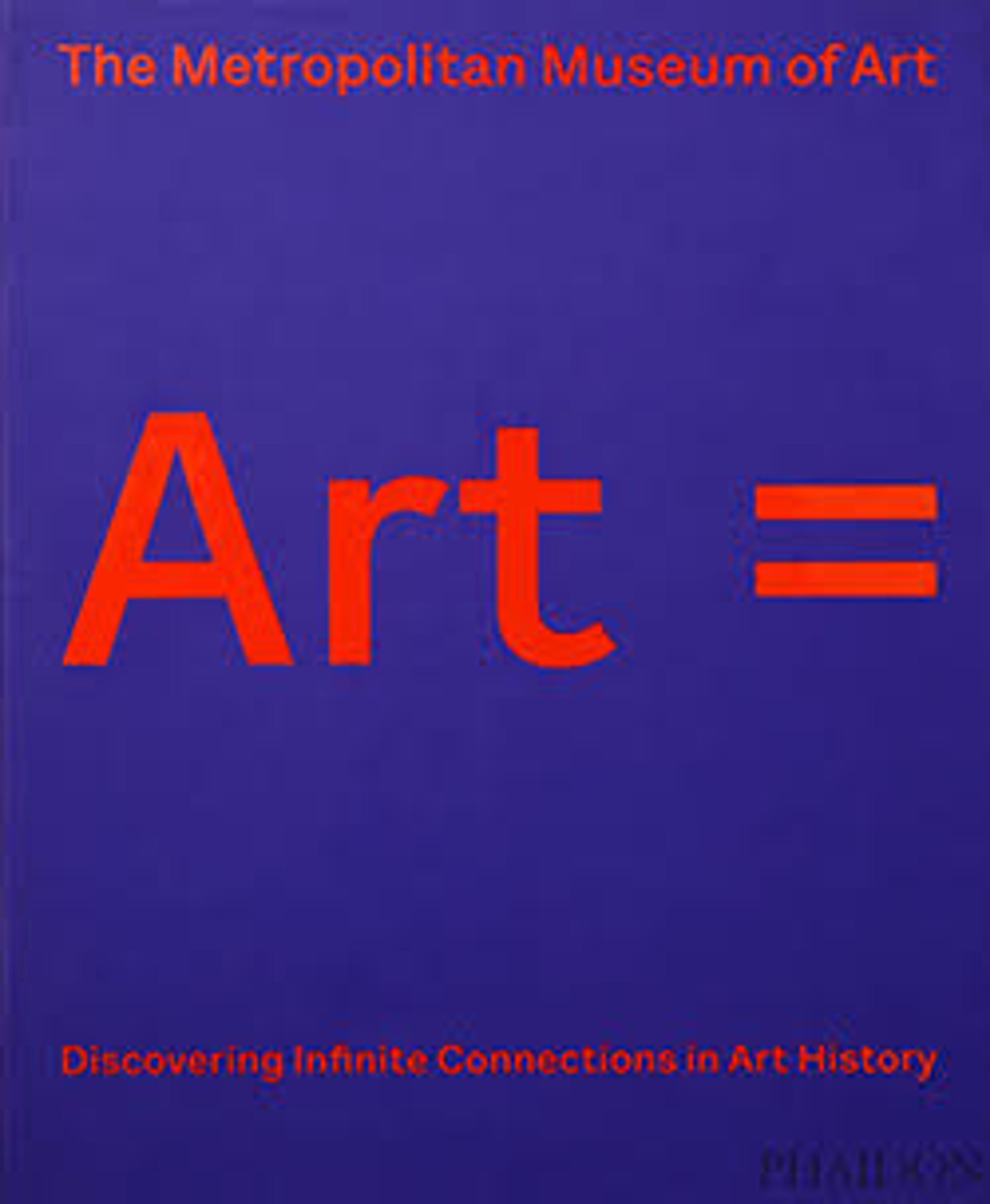Dagger with Scabbard
The hilt of the dagger is constructed of heavy sections of gold over an iron core and its scabbard mounts are of solid gold. All the intricately engraved surfaces are set with gems and colored glass finely cut with floral forms. The designs closely parallel those in Mughal painting of the early seventeenth century, suggesting the dagger dates from the reign of Emperor Jahangir (1605–27), whose deep love of nature, especially flowers, is well documented in his memoirs, the "Tuzuk." The blade is forged of watered steel.
Artwork Details
- Title: Dagger with Scabbard
- Date: 1605–27
- Culture: Indian, Mughal
- Medium: Steel, iron, gold, rubies, emeralds, glass, wood, textile
- Dimensions: L. 14 5/8 in. (37.1 cm); L. without scabbard 13 15/16 in. (35.4 cm); L. of grip 4 13/16 in. (12.2 cm); L. of blade 9 1/8 in. (23.2 cm); W. of grip 1 3/4 in. (4.4 cm); L. of scabbard 10 1/2 in. (26.7 cm)
- Classification: Daggers
- Credit Line: Purchase, Harris Brisbane Dick Fund and The Vincent Astor Foundation Gift, 1984
- Object Number: 1984.332
- Curatorial Department: Arms and Armor
More Artwork
Research Resources
The Met provides unparalleled resources for research and welcomes an international community of students and scholars. The Met's Open Access API is where creators and researchers can connect to the The Met collection. Open Access data and public domain images are available for unrestricted commercial and noncommercial use without permission or fee.
To request images under copyright and other restrictions, please use this Image Request form.
Feedback
We continue to research and examine historical and cultural context for objects in The Met collection. If you have comments or questions about this object record, please contact us using the form below. The Museum looks forward to receiving your comments.
